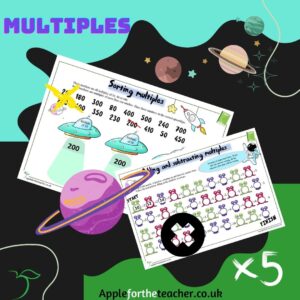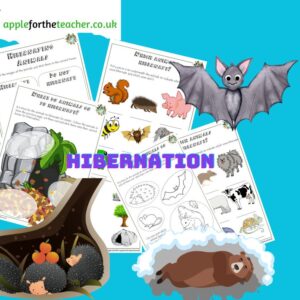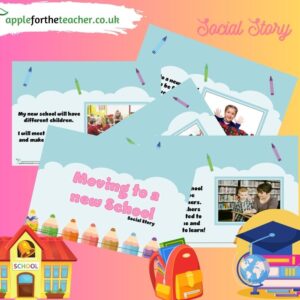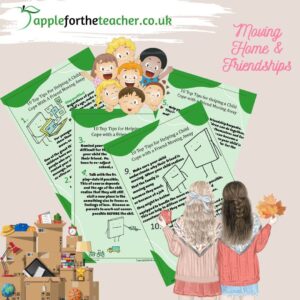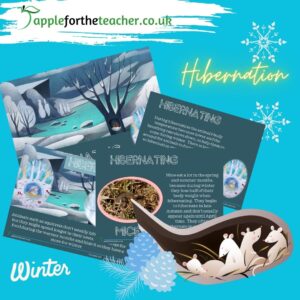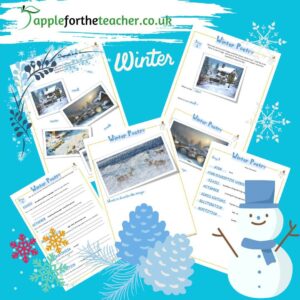Phonics is a key part of teaching letters and sounds in the UK Curriculum. Using a 6-stage approach to teach the different abilities, moving learners through each stage as they become confident in reaching the expected targets.
But is this system of listening to the sounds, saying the words, segmenting and blending an effective method for all children to learn how to read and write?
In my experience of working with children for the past 16 years, with a whole range of different needs and abilities, I would definitely say no.
The standard letters and sounds system can be extremely effective for many children, however what about the children who struggle with this teaching method? Phonics is usually taught in EYFS, Year 1 and Year 2. If children haven’t reached the required level by the end of year 2, interventions can be given in KS2, but does this really work? If a child has not grasped the concepts over the previous 3 years, will it work to just keep repeating the same teaching methods for another 3 years?
Think about this in a different way. If a child has difficulties with hearing, how effective can the letters and sounds system be, when listening and repeating is a key part of learning each sound? The answer is not very effective at all.
If a child has difficulties processing information, needing more time to visualise and observe the information which is being given to them, can phonics work when in a 20 minute fast-paced lesson?
The answer again is no!
Some children need a different approach to learning to read and write.
Here are a few that have been tried and tested with children with learning difficulties.
- Support learning by using posters/displays, with a different common word and supporting picture provided daily. These can be used purposefully in a ‘word of the week’ display. Children can learn the word, spell/sign the word, practice writing the word in the air, in sand, or in a wide range of media and use the word in their writing over the course of a week. Giving processing time, giving the visual of what the word looks like, linking it to the image and giving children the opportunity to really engage with the word and its shape.
- Another way is by using initial sounds with pictures. Sign the letter, model how to make that sound verbally, what shape does your mouth make? Let children see the shape of your mouth as you make the sound. Use signing (BSL) to sign the letter. Find all things beginning with that sound and spell out simple words which start with the same sound. Go on a treasure hunt, finding words with pictures and order them into their initial sounds.
- When writing about key words found in stories or doing a key word focus, practice writing those words, forming the letters in sand, flour, finger paint or play dough, trace the word/letters on paper and card.
- Use letter to letter matching activities. For words which you really want children to learn, start right at the beginning by matching up the letters one at a time, this allows children time to process how each letter looks and what its shape is like, relating it to the letter they are matching it to. Children often need to feel/visualise the shape of the word or letter, in order to really grasp what letter it is and how it blends with other letters to make a word.
- Use repetition with the particular word being taught in reading activities. The more it is seen and heard the more likely children will remember how it looks and retain it.
- Match word to word. These are great for ensuring children are developing an understanding of the different shapes of words, recognising that although all of the different words have similar letters, the way the letters are organised is different.
- Match word to object or word to picture. This activity gives a great assessment of how much children are now retaining in their understanding of what each image/object actually is and putting the correct word to them.
I hope these give you a few ideas of some things you can try for children who struggle with the standard phonics teaching methods.
Keep up to date with our weekly blogs for hints, tips and information on all things teaching…



